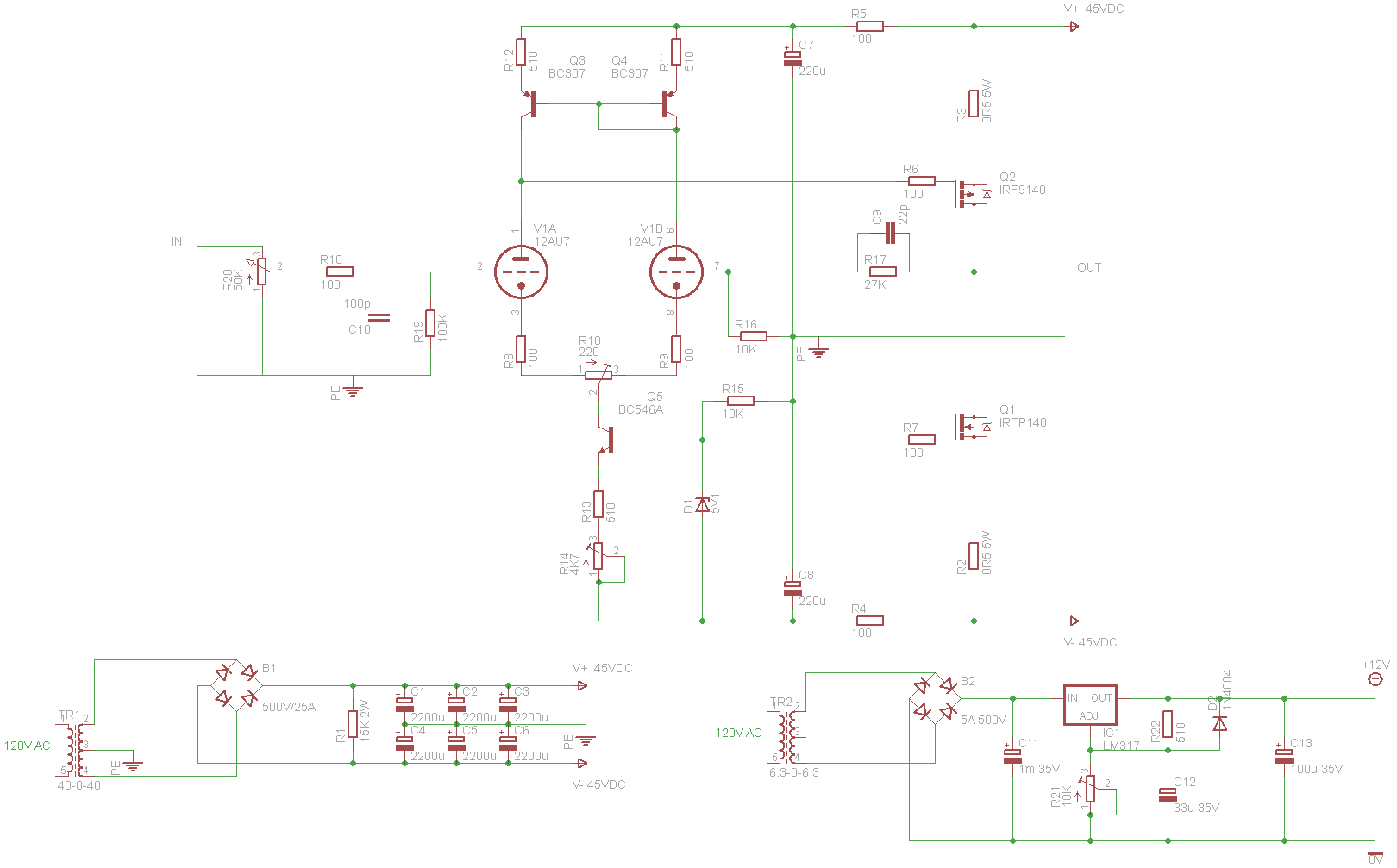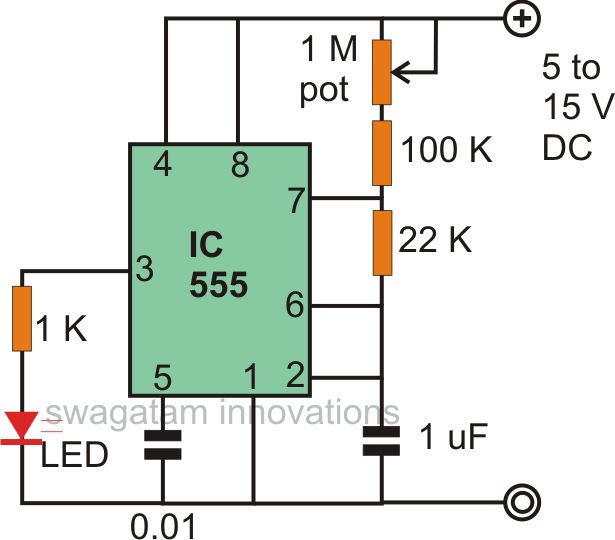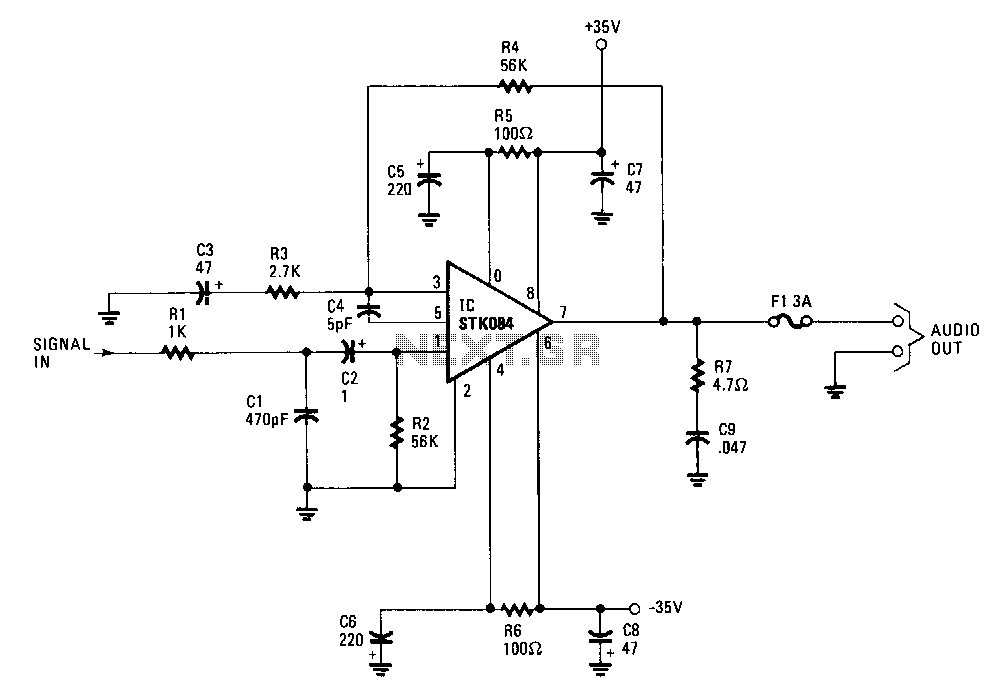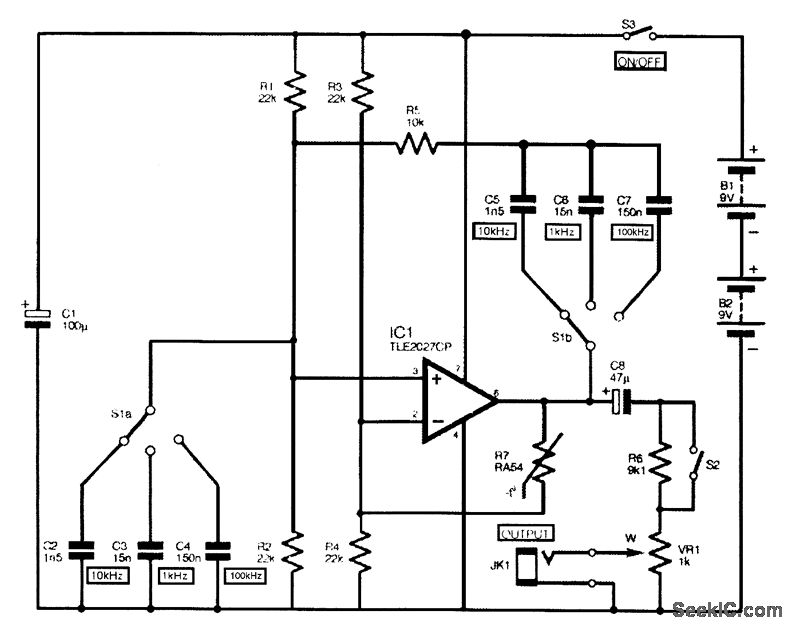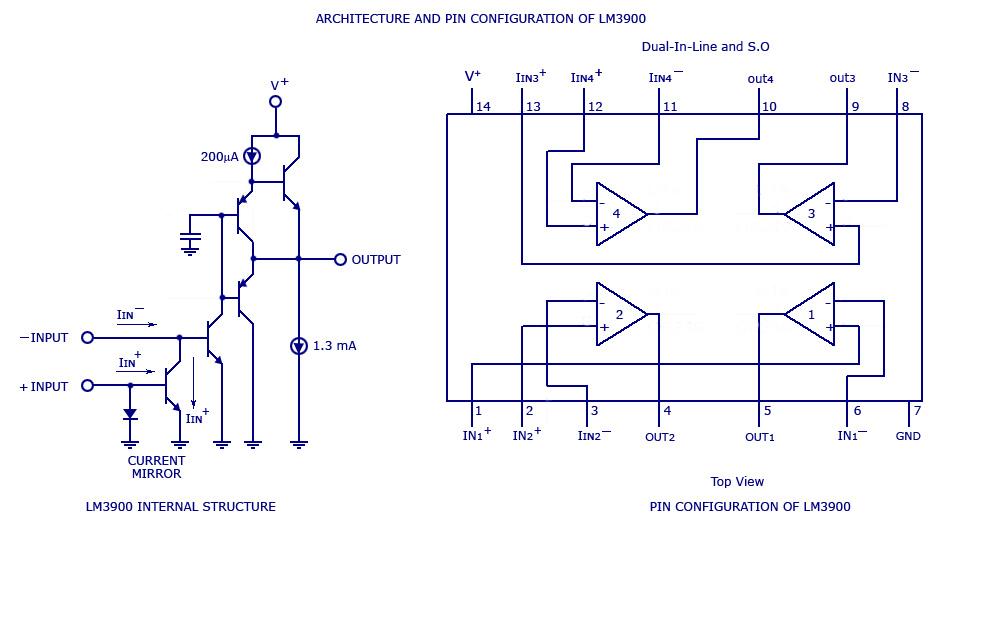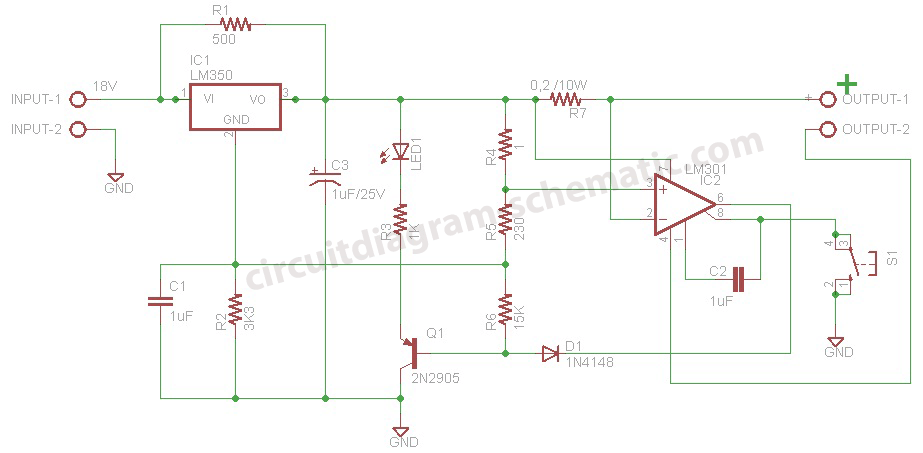
Boomer Audio Power Amplifier Using LM4906
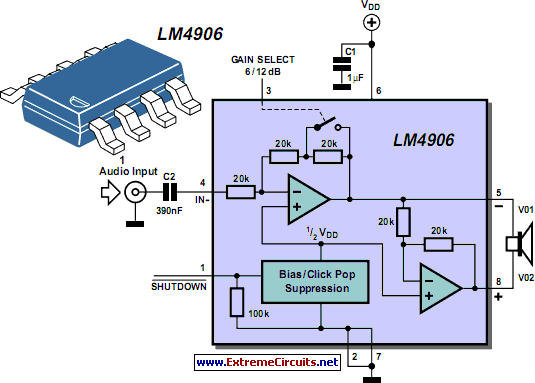
The LM386 is a widely recognized and effective option for various designs that necessitate a compact audio power amplifier (1-watt) integrated into a single chip. However, the LM386 requires...
The LM386 is a low-voltage audio power amplifier that is commonly utilized in battery-operated devices due to its low power consumption and compact size. It features a gain of 20, which can be increased to 200 by connecting an external resistor and capacitor between pins 1 and 8. This flexibility allows designers to tailor the amplification level based on the specific requirements of their application.
The device operates with a supply voltage ranging from 4 to 12 volts, making it suitable for a variety of power sources, including rechargeable batteries. The output power capability of up to 1 watt allows it to drive small speakers or headphones effectively, making it ideal for portable audio applications.
In terms of circuit design, the LM386 can be easily integrated into audio systems with minimal external components. A typical configuration includes a bypass capacitor on the power supply pin (pin 6) to filter out noise, ensuring a clean audio signal. Additionally, coupling capacitors may be employed at the input and output stages to block DC components, allowing only the AC audio signal to pass through.
Thermal protection is inherently built into the LM386, as it features a thermal shutdown mechanism that prevents overheating during prolonged operation. This feature enhances reliability and longevity, particularly in applications where space is constrained, and ventilation may be limited.
Overall, the LM386 is a versatile and efficient solution for audio amplification in compact electronic designs, providing a balance of performance, size, and power efficiency. Its straightforward integration and minimal component requirements make it a popular choice among engineers and hobbyists alike.The well-known LM386 is an excellent choice for many designs requiring a small audio power amplifier (1-watt) in a single chip. However, the LM386 require.. 🔗 External reference
The LM386 is a low-voltage audio power amplifier that is commonly utilized in battery-operated devices due to its low power consumption and compact size. It features a gain of 20, which can be increased to 200 by connecting an external resistor and capacitor between pins 1 and 8. This flexibility allows designers to tailor the amplification level based on the specific requirements of their application.
The device operates with a supply voltage ranging from 4 to 12 volts, making it suitable for a variety of power sources, including rechargeable batteries. The output power capability of up to 1 watt allows it to drive small speakers or headphones effectively, making it ideal for portable audio applications.
In terms of circuit design, the LM386 can be easily integrated into audio systems with minimal external components. A typical configuration includes a bypass capacitor on the power supply pin (pin 6) to filter out noise, ensuring a clean audio signal. Additionally, coupling capacitors may be employed at the input and output stages to block DC components, allowing only the AC audio signal to pass through.
Thermal protection is inherently built into the LM386, as it features a thermal shutdown mechanism that prevents overheating during prolonged operation. This feature enhances reliability and longevity, particularly in applications where space is constrained, and ventilation may be limited.
Overall, the LM386 is a versatile and efficient solution for audio amplification in compact electronic designs, providing a balance of performance, size, and power efficiency. Its straightforward integration and minimal component requirements make it a popular choice among engineers and hobbyists alike.The well-known LM386 is an excellent choice for many designs requiring a small audio power amplifier (1-watt) in a single chip. However, the LM386 require.. 🔗 External reference
